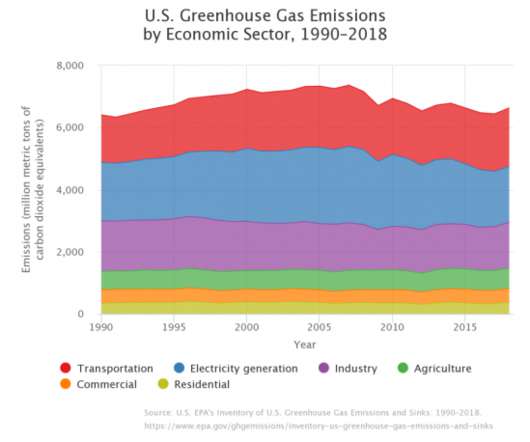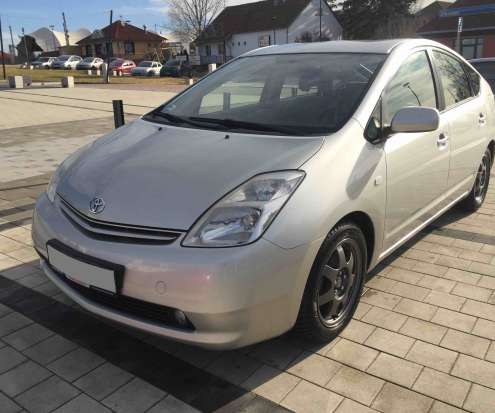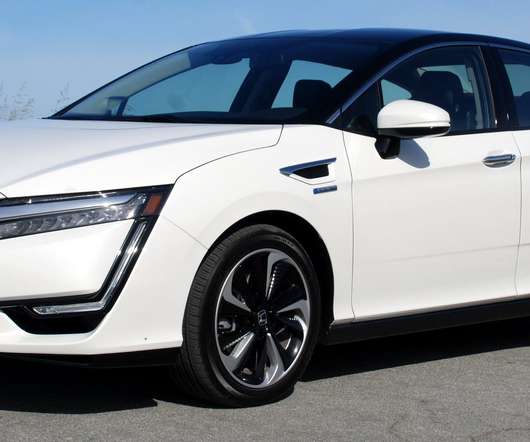EPA GHG Inventory shows US GHG down 1.7% y-o-y in 2019, down 13% from 2005
Green Car Congress
APRIL 17, 2021
Greenhouse gas emissions in 2019 (after accounting for sequestration from the land sector) were 13% below 2005 levels. The number of vehicle miles traveled (VMT) by light-duty vehicles (i.e., The transportation sector saw some of the biggest reductions where gasoline use decreased by 13% and jet fuel use decreased by 38%.









































Let's personalize your content